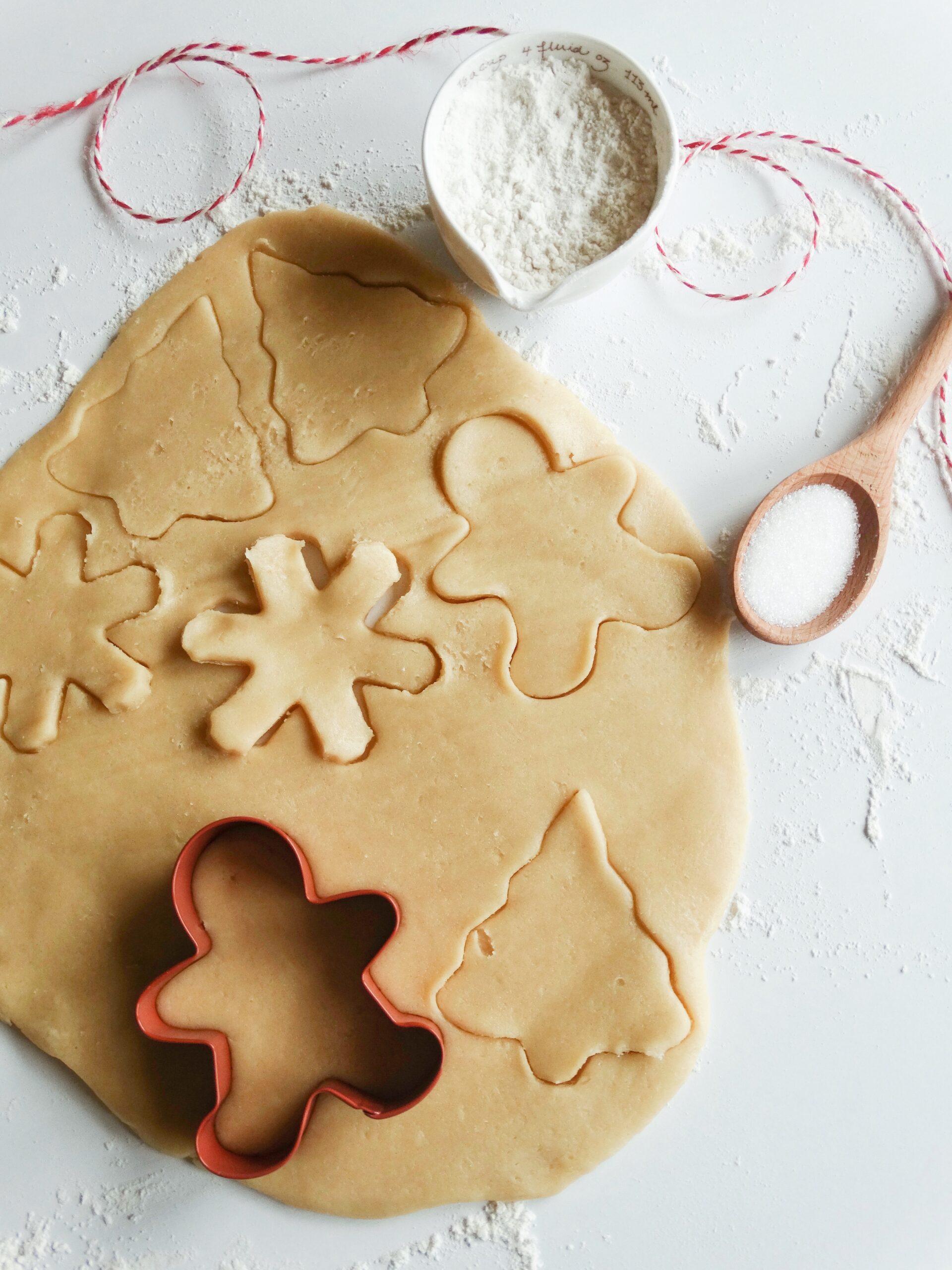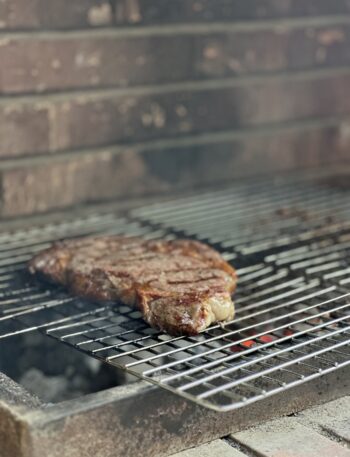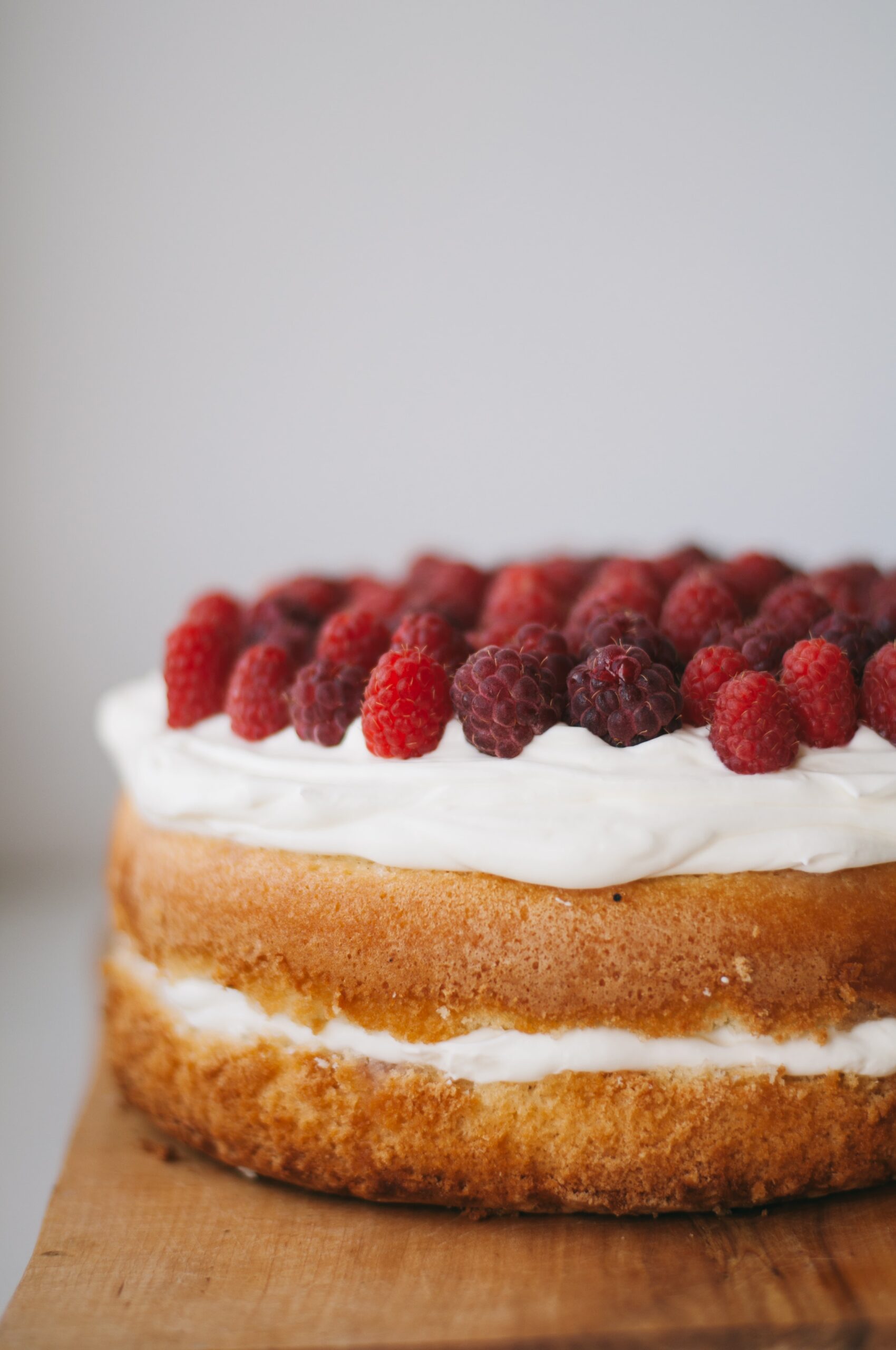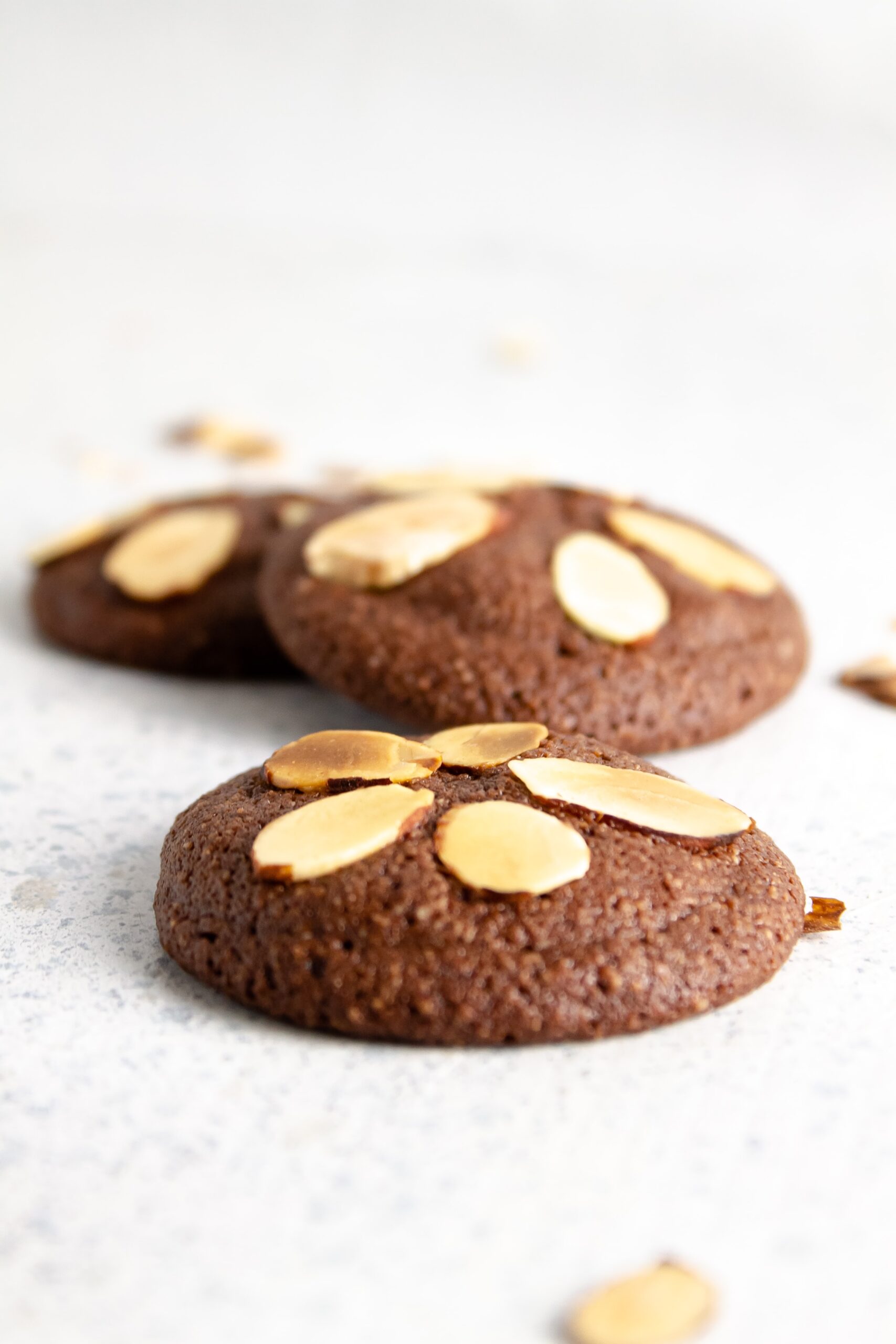Let me help you perfect your cookies! With a in-depth descriptions, these cookie baking tips will help improve your next batch. These tips apple to all types of cookies
1. Chill That cookie Dough
There are a few things that you will learn from today’s post, and the most important is: CHILLING YOUR COOKIE DOUGH!! As I am typing this I am eating my chocolate chip cookies and what i remember most about making them is waiting for my dough to chill, because of that chilling I got perfect cookies 🙂
Chilling cookie dough in the refrigerator firms it up, which decreases the possibility of over-spreading. It not only ensures a thicker, more solid cookie but an enhanced flavor as well. In these soft chocolate chip cookies, for example, it helps develop a heightened buttery, caramel-y flavor. Cold cookie dough is also easier to handle and shape. After chilling, let your cookie dough sit at room temperature for about 10 minutes (or more, depending how long the dough has chilled) before rolling into balls and baking. Sometimes after refrigeration, cookie dough can be too hard to roll/handle.
- If a recipe calls for chilling the cookie dough, don’t skip that step. As I remember mentioning: it is very important :p
- If a recipe yields super sticky cookie dough, chill it before rolling and baking. yes, even if the recipe does not call for it
You can also chill the cookie dough after you roll it into individual balls. However, some cookie doughs are too sticky right after you mix the ingredients together. So it’s helpful to chill it first (perhaps for just 1 hour), roll into balls, then continue chilling for the amount of time the recipe requires.
2. go the extra mile to stopt the spread of cookies
Did your cookie dough turn into greasy puddles? I’ve been there too. Here are a few ways to prevent that from happening again:
- Chill your cookie dough. See tip #1 above. this is very important
- Use a silicone baking mat or parchment paper, I mostly use parchment just because I don’t want to clean my mats. Coating your baking sheet with nonstick spray or butter creates an overly greasy foundation which leads to excess spread. Instead, I recommend lining your baking sheets with parchment paper or silicone baking mats.
- Never place cookie dough balls onto a hot baking sheet. When baking in batches, let the baking sheets cool to room temperature first. or buy multiple pans/ sheets
- Butter may have been too warm. See tip #3 next.
- Under-measuring the flour. Less flour means there’s less to absorb all the wet ingredients in your cookie dough. I actually do not spoon in flour when making cookies, and I do not worry if I OVER-measure, that just means thicker cookies 🙂 or, better yet, weigh your flour.
- Don’t over-mix the cookie dough. Cream the butter and sugar for only as long as you need to– a recipe usually specifies the amount of time. Don’t begin beating then leave the room with the mixer running. Whipping too much air into the dough will cause your cookies to collapse as they bake. I guarantee that. If you don’t want to worry about this try my no mixer Chocolate chip Cookies recipe
What if cookies AREN’T spreading? Cookies that resist spreading can also be a problem. When cookies aren’t spreading, it means that there’s too much dry ingredient (flour) soaking up all the liquid. Make sure you are properly measuring your flour. When measuring flour, use the spoon it in then level. Do not scoop the flour out of the container/bag. Doing so leaves you with excess flour in the cookie dough (although it is fine for making chocolate chip cookies) . If you’re in the middle of baking a batch and the cookies still aren’t spreading, remove them from the oven, and use a spoon to slightly flatten them out before returning them to the oven. You can also take your big bowl of cookie dough and microwave it for 10-15 (not anymore then that) seconds to slightly warm it up before scooping/rolling/baking. Warm cookie dough spreads more. (This is what I do when I notice my cookies aren’t spreading!)
3. Temperature rules the school
I have already spoken about cold cookie dough.. but what about the oven temperature!!
- Oven temperature: Unless you have a regularly calibrated oven, your oven’s temperature could be inaccurate. When you set your oven to 350°F, it might not really be 350°F inside. It could be 325°F or 375°F. While this might not seem like a big deal, it poses a huge problem for your cookies such as over-browning, excess spread, underbaking in the centers, and/or uneven baking, you do not want one side brown and the other not. Purchase an oven thermometer and place it in the center of your oven. While inexpensive, they’re irreplaceable in a baker’s kitchen. Place it in your oven so you always know the actual temperature.
4. do you care about that baking time? –oh.. well I do not!!
I’m admitting something to you– I never look at recipe times when I bake cookies. Instead, I look at the cookies themselves. This is primarily because all ovens are different and maybe your oven is a convection oven, while the recipe writer’s is a conventional oven. (I bake with conventional. General rule– if you use a convection oven, reduce the oven temperature by 25°F.)
Always go with your instincts. Cookies are done when the edges are set and lightly browned. The top centers can look slightly underbaked if you want a softer cookie. For a crispier cookie, bake the batch a little longer until the centers appear “set.” But always keep in mind that cookies continue to cook for a couple minutes as they cool on the baking sheet, they are not quite baked until 20 minutes out of the oven!
5. 1 at a time
If you’re able and time allows it, I recommend baking 1 batch of cookies at a time on the center rack. Why? You get the best possible results when the oven only concentrates on 1 single batch. If you absolutely need to bake more than one batch at a time for an event, holiday baking, etc– rotate the baking sheets from the top rack to bottom rack once halfway through the baking process. Ovens have hot spots!






[…] Be sure to check out my top 5 cookie baking tips […]